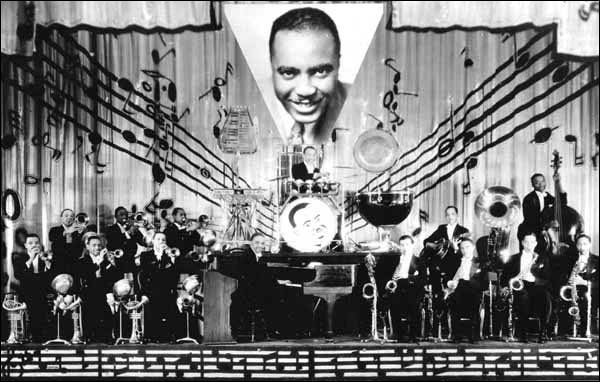
John Paul Keith
Knoxville native John Paul Keith is unique on the Memphis scene, a classicist who avoids nostalgia, a roots aficionado who writes his own material, a rock ‘n’ roller with one foot in old school soul. Don Bryant, the local R&B legend staging somewhat of a comeback, recently included “One Ain’t Enough (And Two’s Too Many)”, written by Keith and Scott Bomar, on his latest release. As a songwriter, Keith knows a good tune when he hears one. Here’s his take on a choice cut originally recorded by Warren Smith, “Red Cadillac and a Black Moustache,” the lead track on Red Hot: A Memphis Celebration of Sun Records, to be released nationally June 16th on the Americana Music Society label. All revenues from the release will benefit the St. Jude Children’s Research Hospital.
SONG PREMIERE: John Paul Keith sings ‘Red Cadillac and a Black Moustache’
The album’s house band consists of Luther Dickinson (guitar), Cody Dickinson (drums), Rick Steff (piano), Amy LaVere (bass), and Keith (guitar). This track also has a cameo from Jim Spake on baritone sax. (See the accompanying article below for more on this release). Keith’s voice, familiar to Memphians for a number of years, has taken on a more resonant quality of late, with hints of the young Roy Orbison, a change Keith attributes to one specific change of habit. “You know, I quit smoking a few years ago, and it really did make a difference. I smoked for twenty years and never did get a cool rasp. I just was short winded and couldn’t hit the high notes!”
As for this particular title, Keith notes, “That tune is really melodic. A lot of the Sun stuff is obviously rhythm-oriented and blues based. And I love that, but with ‘Red Cadillac’ it was more of a pop thing: a little lighter, and it had this swinging feel to it. And I love Warren Smith, I think he’s really underrated.”
It’s telling that this was the song Bob Dylan chose to interpret for 2001’s Good Rockin’ Tonight: The Legacy of Sun Records (with cover art by Memphis’ own Lamar Sorrento).
SONG PREMIERE: John Paul Keith sings ‘Red Cadillac and a Black Moustache’ (3)
And finally, here’s the original, performed by Louise, Mississippi’s own Warren Smith. Never released in Sun’s heyday, it surfaced later in retrospectives of the label’s history:
SONG PREMIERE: John Paul Keith sings ‘Red Cadillac and a Black Moustache’ (2)


 I Love Memphis Blog
I Love Memphis Blog  Alyssa Moore
Alyssa Moore 
